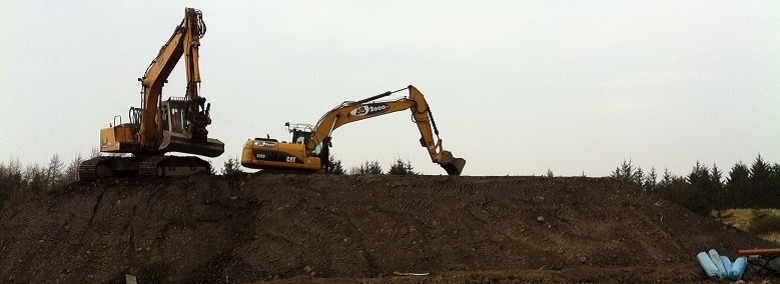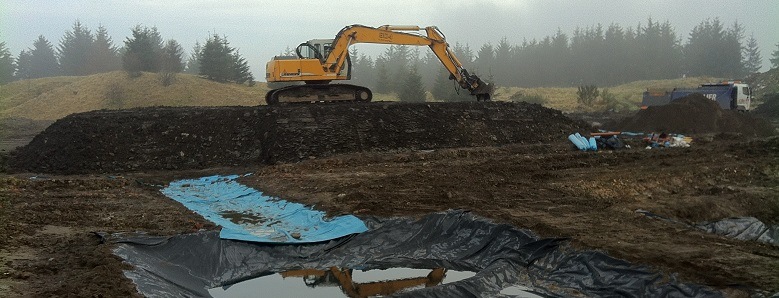Can soil from a contaminated site be used (disposed of) at a Paragraph 19 Exempt site…?
Yes, but you must initially prove that the soil is non-hazardous and secondly that it is suitable for use. The latter must be done by providing sufficient evidence to demonstrate that it will not cause pollution or harm.
Simple…well not quite…!
What is sufficient evidence…? During recent communications with SEPA we now understand that this includes, but is not limited to;
- An assessment of Human Health risk (against Soil Guideline Value’s and other appropriate generic assessment criteria used to assess impact on Human Health from soil)
- An assessment of environmental risk (using Drinking Water Standards and Environmental Quality Standards as appropriate) in relation to the specific hydrological setting of the exempt site.
Coupled with the above, SEPA require that all data sets pertaining to the site, no matter how old, must be used in the assessment of the risks. Whilst this is a different position to that normally adopted by the regulator for contaminated sites, (the local Council Contaminated Land Officer) it must be understood that SEPA’s stance is from that of a waste regulator, which is subtly different, hence the requirement to use all available data sets.
So if you have a non-hazardous soil passing inert WAC do not simply send it to a Para 19 Exempt site as you could be prosecuted for doing so…!
If you require any assistance with waste soil classification, treatment or disposal please do not hesitate to give us a call – 0131 538 8456 or email – info@soilutions.co.uk




